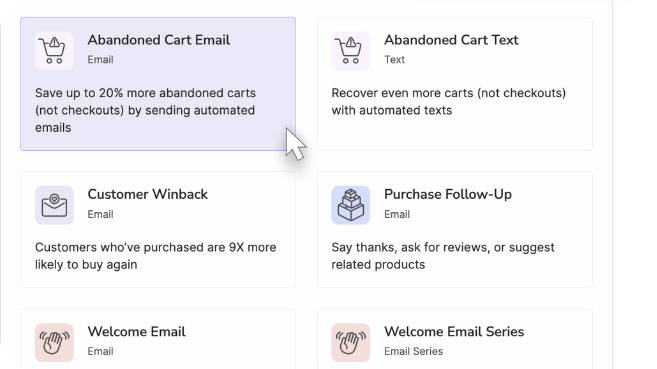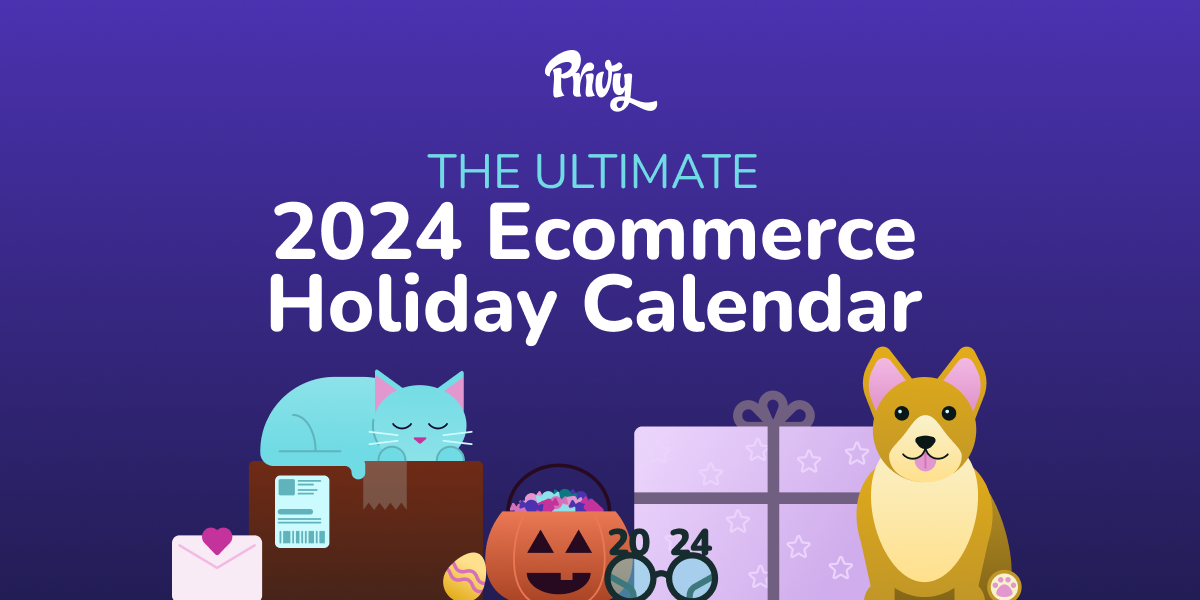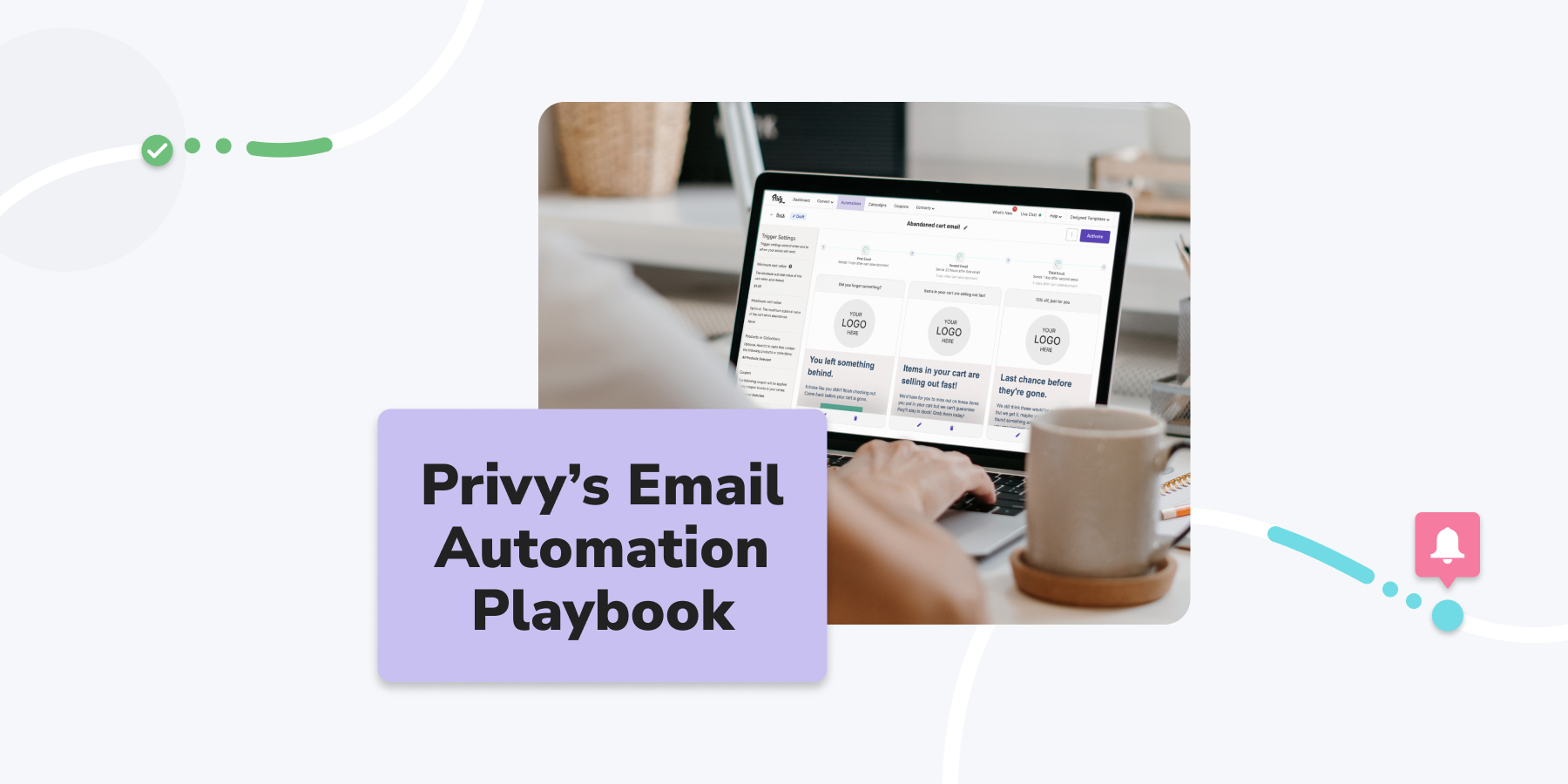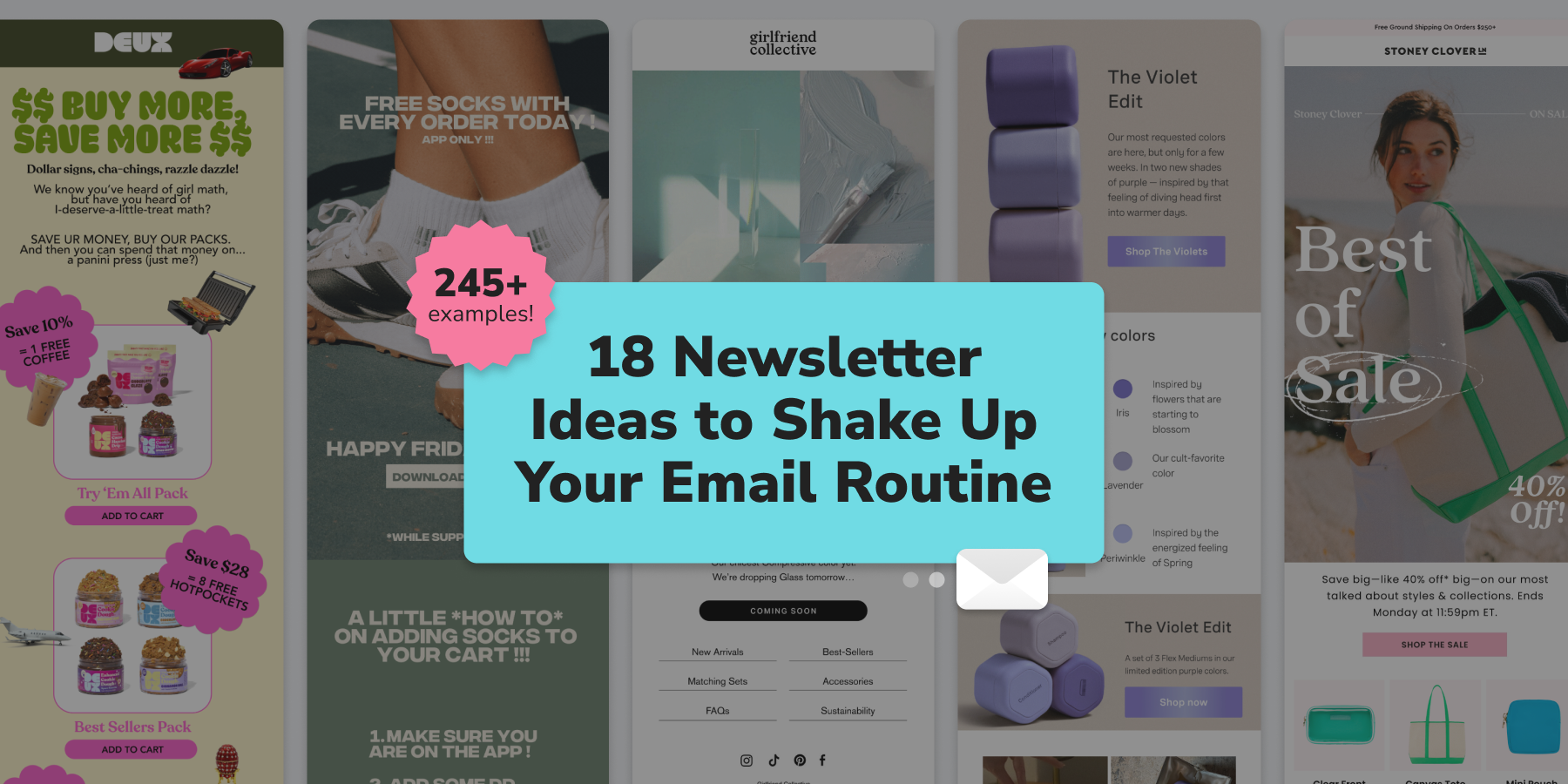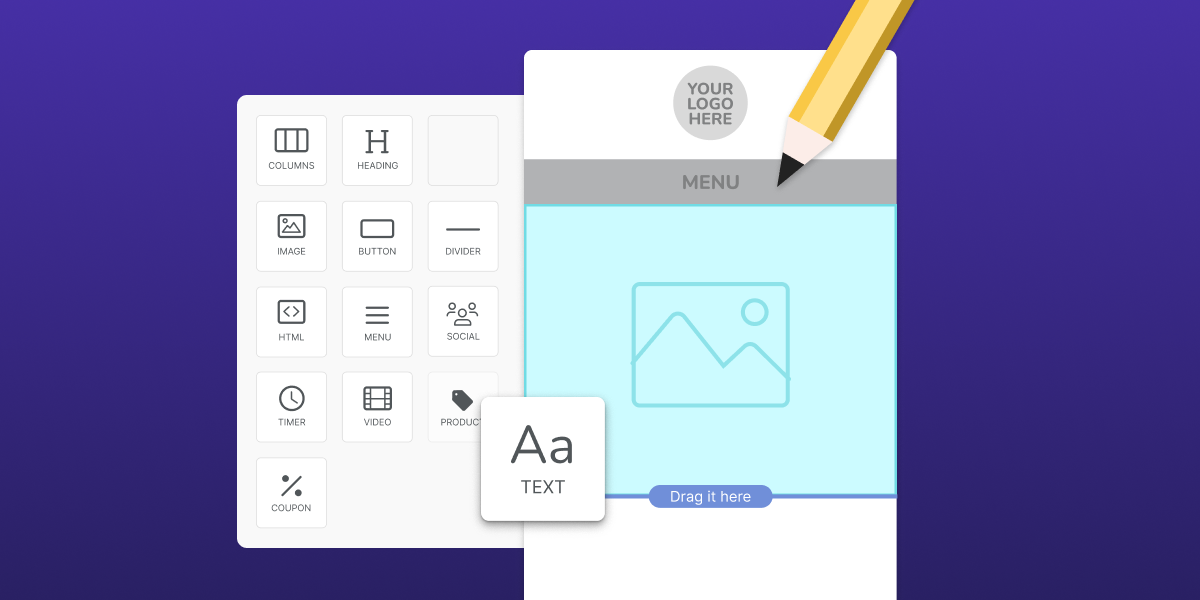How to Strategize Your Campaigns
2 min read time
Published on Feb 12, 2018
Written by Privy Academy
Creating high-impact on-site campaigns is all about putting yourself in your customer’s shoes. Here's how to strategize your campaigns and take a look at the bigger picture:
You’re going to want to take a big step back for this exercise and think about some things like:
-
Where your primary sources of traffic come from
-
What devices they’re using
-
What segments of customers come to your site, and what they’re looking to buy
-
What kind of information they need to make a purchase
-
What products are the most popular for different types of customers
-
The average amount of money they spend when they do buy
The good news is that you can find a lot of this information in Google Analytics or another analytics tool very easily. Armed with this data, you’ll be able to more accurately pinpoint your customers as they move through your store the same way eye-catching signs work well for brick-and-mortar.
Let's go through use this data to our advantage and talk about how it works into our customer funnel.
The Top of the Funnel
For people who are brand new to your store, you want to make sure you give them the best first impression. You also want to take this opportunity to try and get their email address, if not a purchase.
-
Welcome campaign: Mobile, desktop, and my highest referral source (ex. Instagram)
-
Exit intent campaign: For anyone that didn’t see the welcome campaign, one last chance to give them an offer
-
Blog campaign: Offer tips or relevant information about your business in addition to your products, this gives you another chance to welcome your readers, who might be different than buyers, and then you can use their email address to get them to purchase some of my gear.
The Middle of the Funnel
If you already have someone’s email address, then you don’t necessarily need to include an email form in my campaigns. You can set targeting so that it’s unique to the repeat visitor whos comes to your site and has already given you their email address or made a purchase. This way they can see completely different messaging and offers.
-
No form campaign for flash sale
-
No form campaign for repeat visitor offer of 10% off
The Bottom of the Funnel
Visitors who are browsing product and checkout pages are much more likely to buy than visitors on your homepage or blog.
-
Product-specific sale on a product page (ex. sneakers)
-
Cart saver below average amount in cart (average $50)
-
Cart saver above average amount in cart (average $50)
You can see how all of these campaigns work together to address different segments of your customers at different stages of the buying process. The important thing to remember is to use audience targeting to your advantage so that you can deliver a relevant, cohesive experience—not an annoying one.
Subscribe for Updates
Get our best content on ecommerce marketing in your inbox 2 times a week.
Written by Privy Academy
Subscribe for Updates
Get our best content on ecommerce marketing in your inbox 2 times a week.

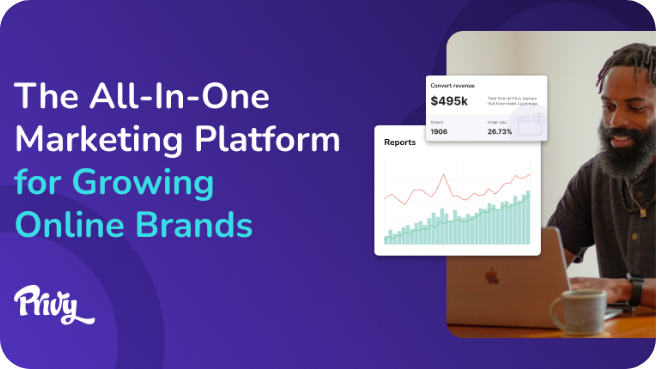
.jpg)
